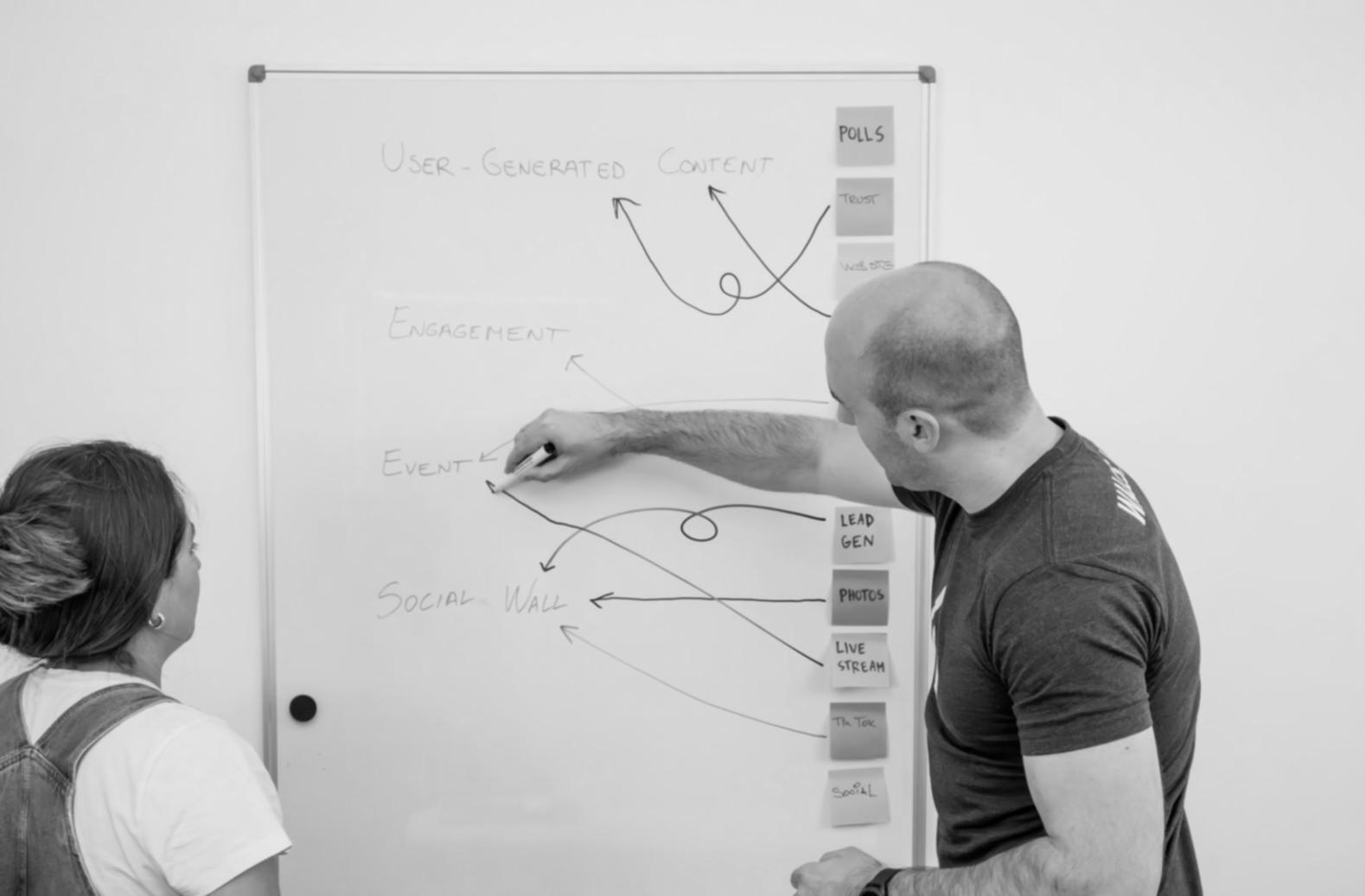Learn Investment Analysis That Actually Works
We've spent years breaking down complex financial concepts into something you can actually use. No fancy jargon, no unrealistic promises—just practical skills for analysing investments with confidence. Starting February 2026.
Get Course DetailsHow We Actually Teach This Stuff
Look, most investment courses either drown you in theory or promise you'll be Warren Buffett by next Tuesday. We do neither. Our approach came from years of teaching real people who just wanted to understand where their money was going.
-
Real Company Breakdowns
We grab actual annual reports from ASX-listed companies and work through them together. You'll spot the red flags and opportunities yourself—not because we told you to, but because you learned to read between the lines.
-
Pattern Recognition Training
Financial analysis is pattern matching once you know what to look for. We show you the patterns that matter and the ones that don't. After a few weeks, you start seeing them everywhere.
-
Mistake-Based Learning
The best lessons come from other people's expensive mistakes. We study what went wrong with real investments and why smart people missed the warning signs. It sticks with you better than theory ever could.

What You'll Actually Walk Away With
These aren't vague concepts you'll forget in a week. They're practical skills you can use the day after class. And yeah, you'll probably want to revisit some of your current investments once you know what to look for.

Reading Financial Statements Properly
Balance sheets and income statements make sense once someone explains what you're actually looking at. We'll show you where companies try to look better than they are—and where the honest truth usually hides.
- Spot accounting tricks that inflate profits
- Understand cash flow versus reported earnings
- Find the numbers that actually predict trouble
- Compare companies in meaningful ways

Valuation Without the Nonsense
Every stock has cheerleaders and critics. We teach you how to figure out what something's worth yourself. Not perfectly—nobody can—but well enough to make informed decisions instead of guessing.
- Run realistic scenario analyses
- Build valuation models that make sense
- Know when price and value diverge
- Calculate your margin of safety
The Course Structure
Twelve weeks, one evening per week. We meet Wednesday evenings from 6:30 to 9:00 PM starting February 4, 2026. Each session builds on the last, but we also leave room for questions about whatever you're actually curious about that week.
Foundation Weeks
First three weeks cover the fundamentals you actually need. Financial statement basics, how different businesses work, what makes a company worth analysing in the first place. We move quickly but make sure everyone's following.
Analysis Phase
Weeks four through eight dive into real analysis work. Each session, we pick apart a different type of company. You'll start noticing patterns across industries and what separates solid businesses from shaky ones.
Valuation Deep Dive
Weeks nine and ten focus entirely on putting a price tag on businesses. Multiple approaches, when to use which one, and why your answer will always be a range rather than a single number. That's normal, by the way.
Practice Sessions
Final two weeks are hands-on. You'll analyse companies you choose, present your findings to the group, and get feedback. It's where everything clicks together—or where we figure out what still needs work.

Meet Your Instructor
Penelope Frostwick spent fifteen years analysing companies for institutional investors before she got tired of writing reports nobody read. She started teaching because explaining complex ideas to regular people is more satisfying than impressing other analysts. Her students say she has a gift for making boring spreadsheets tell interesting stories.
Classes are small—maximum sixteen people—so you'll actually get to ask questions without feeling like you're holding everyone up. Penelope knows everyone's name by week two and remembers what confused you last session.
Ask About Enrollment